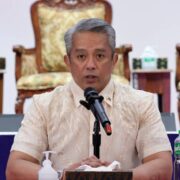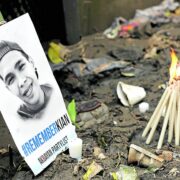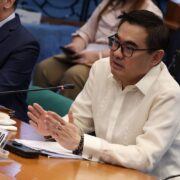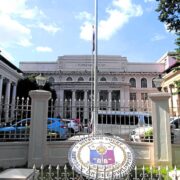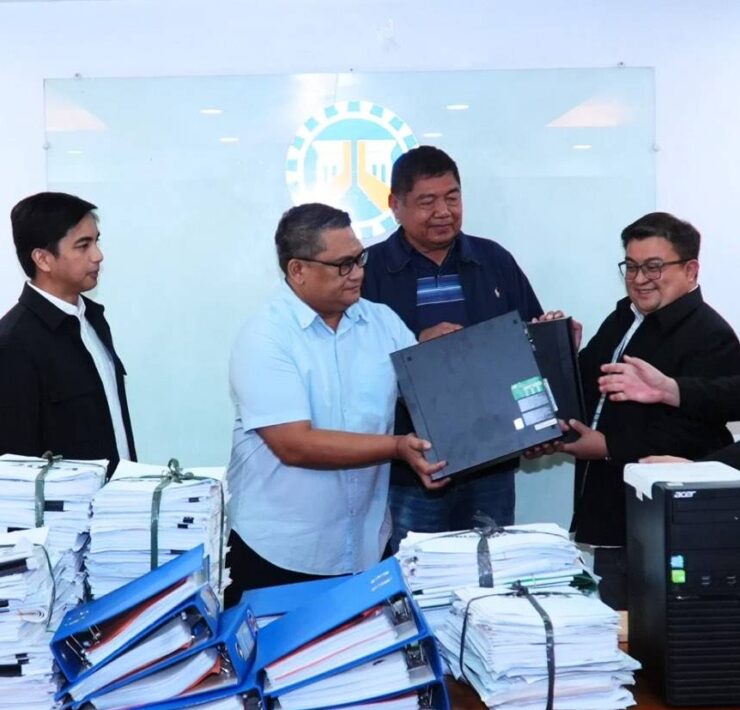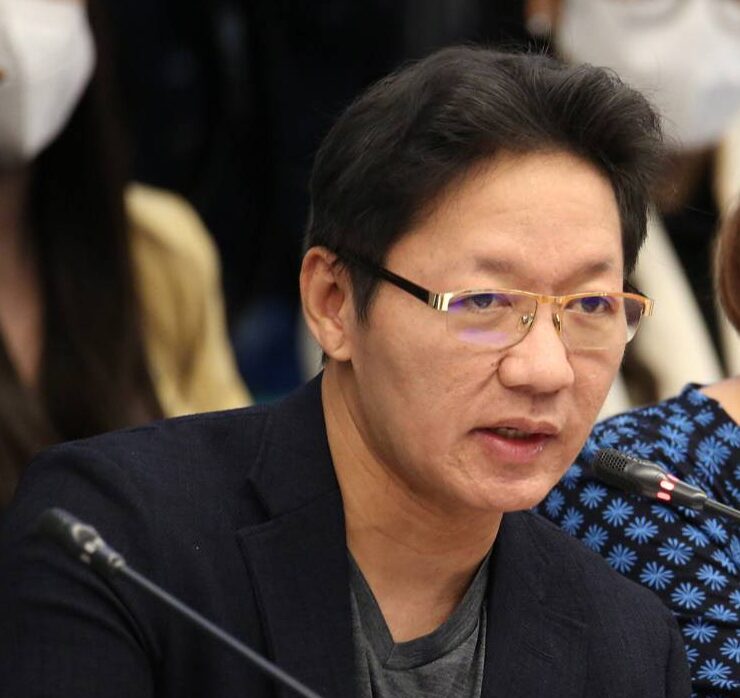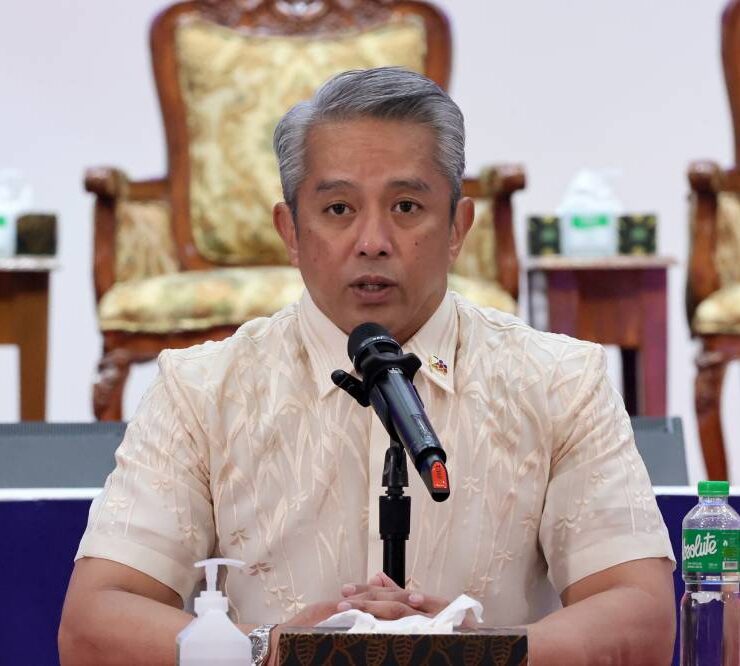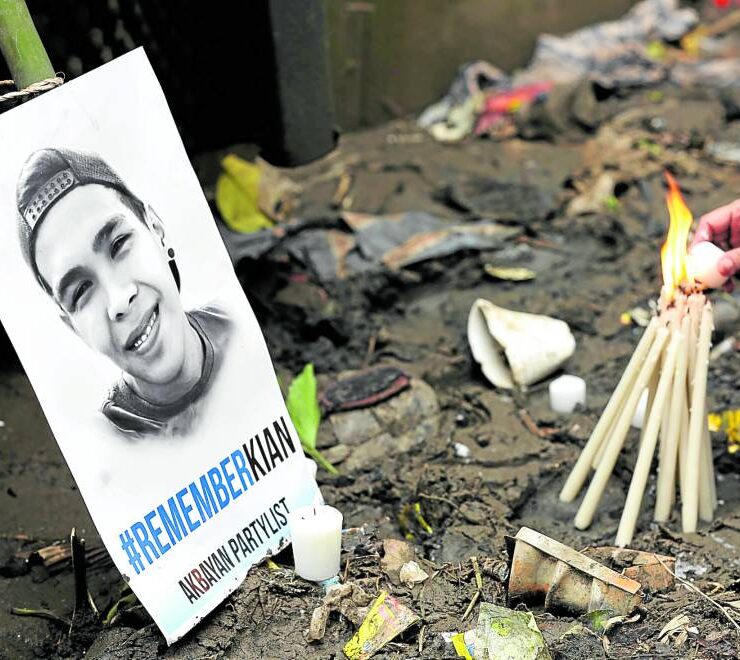A flood of betrayal
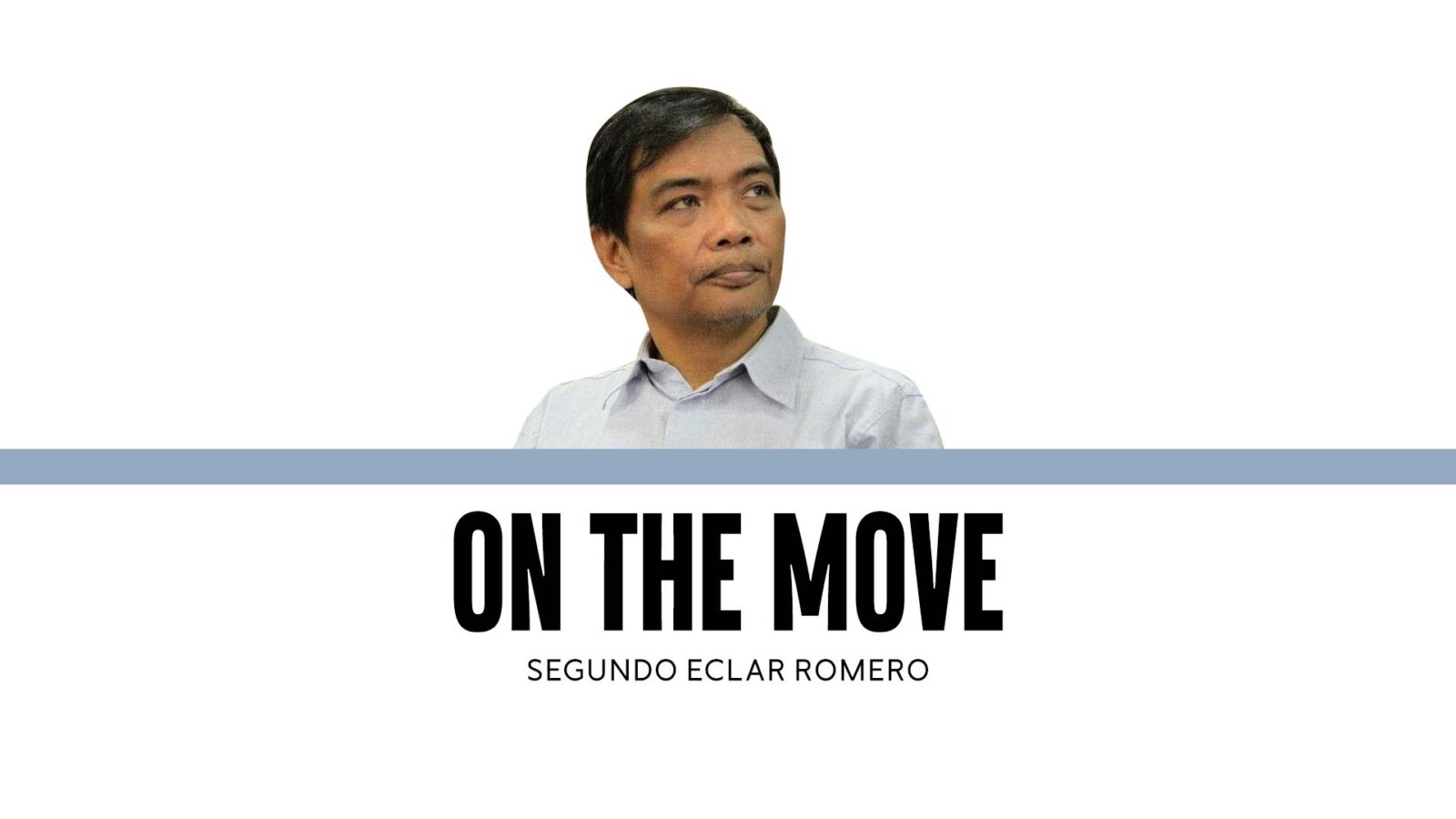
The water wasn’t just from the rain. It came from the clogged consciences, the overflowing greed, and the broken promises of a system that has long failed the Filipino people. The recent floods that paralyzed cities, submerged barangays, and displaced thousands are not acts of God—they are acts of government negligence, collusion, and corruption.
And the people know it. Across social media and public discourse, anger is boiling over. Billions have been poured into flood control over the years—yet nothing holds back the waters. Why? Because the funds have flowed not into canals or catch basins but into the pockets of the untouchables: favored contractors, compromised officials, and yes, the “friendly” media practitioners who sanitize their sins.
Let’s call it what it is: a flood of betrayal. It’s no accident that a small circle of contractors has monopolized flood control projects across regions. These entities have turned public bidding into performance art, relying on inside access and political protection to corner contracts and deliver substandard work. Some don’t even bother with the “deliver” part. A few months of token excavation, and the floodwaters return. Meanwhile, families drown in debt, illness, and anxiety.
Robert Klitgaard’s classic formula still rings true: corruption = monopoly + discretion – accountability. We have all three in abundance. A monopoly over public works. Discretion exercised without oversight. And near-total absence of consequences.
What stings even more is the role of media enablers who choose not to investigate, but to insulate. Some news anchors and columnists—well-compensated, well-connected—have helped launder the reputations of known plunderers. They ask soft questions. They refuse to dig deeper. They peddle the lie that this is “just how the system works.” Let’s be clear: journalism is not stenography. A press that flatters power instead of confronting it is not the fourth estate—it’s part of the estate.
Corruption in flood control is not abstract. It means children losing school days, the elderly wading through sewage, pregnant women giving birth in evacuation centers, businesses losing weeks of income. Corruption kills—not just through storms, but through disease, depression, and delay.
The problem isn’t that we don’t have laws; it’s that we don’t apply them with certainty. In the Philippines, punishment is rare, delayed, or quietly negotiated away. It’s not the severity of penalties that deters corruption—it’s the certainty that wrongdoers will be caught and held accountable. That’s where we consistently fail.
In the 1960s, Hong Kong was drowning in corruption, too. The turning point came when it created the Independent Commission Against Corruption—an institution protected from political interference, empowered with anonymity, and feared for its certainty of action.
Estonia, meanwhile, tackled corruption by removing human discretion. By moving procurement and governance online, it reduced bribes and backdoor deals. The system—not the people—was redesigned to resist temptation.
We keep asking for better Filipinos. What we need is a better Filipino system.
One concrete step? Revive and strengthen the Appointments Watch, a tool designed to vet nominees for key public positions for integrity, background, and fitness for service. Developed during the Estrada administration as part of the Ten Anti-Corruption Pillars, it helped unmask individuals unworthy of power.
Let’s stop pretending we’re surprised when the same recycled names keep popping up in scandals. If we don’t block them early, we legitimize the rot.
In this age of cynicism, it’s easy to believe everyone’s corrupt. They’re not. We must extol the honest public servants, the whistleblowers, the auditors who refused to sign, the engineers who walked away from dirty contracts. Their names deserve airtime. Their service should be taught in schools. If we only focus on the villains, we forget the heroes.
What we need now is not another Senate hearing that leads to nowhere. We need a permanent corruption museum, a youth-driven education campaign, and a system-wide investment in transparency and digital accountability. And we need to hold accountable not just the public officials, but their protectors in the media and business.
You can’t drain the swamp when the gatekeepers are selling shovels to the looters. The floods are a metaphor. We are drowning in what we allowed to rise: impunity, cynicism, and silence. We are once again with our backs to the wall. It’s time to build back trust—and tear down the structures of corruption, one slab at a time.




